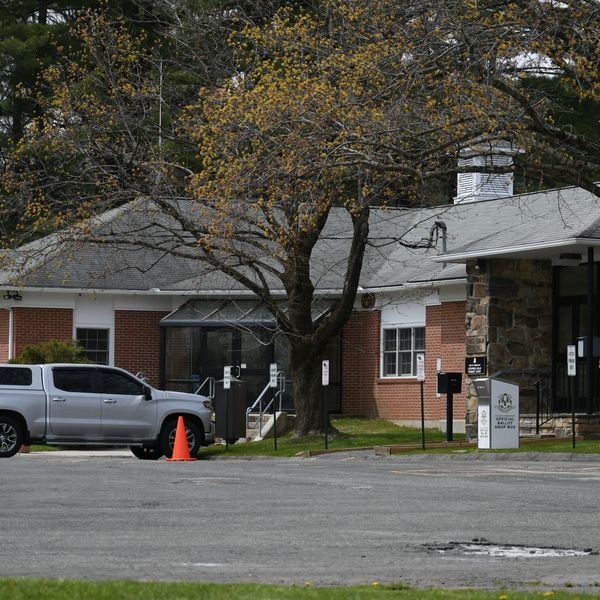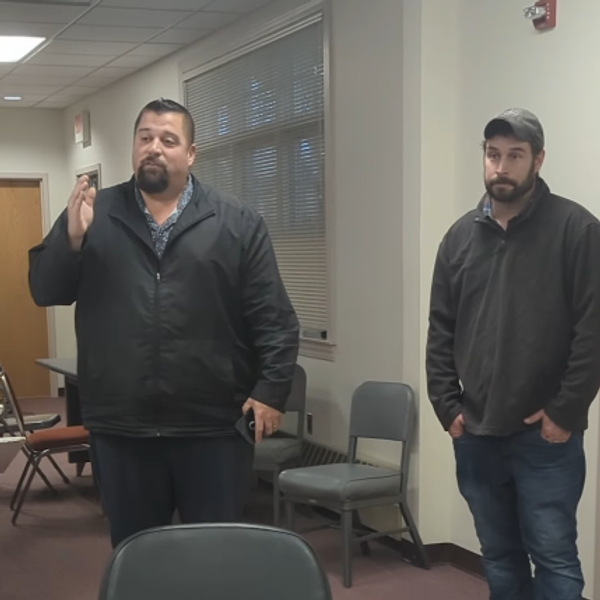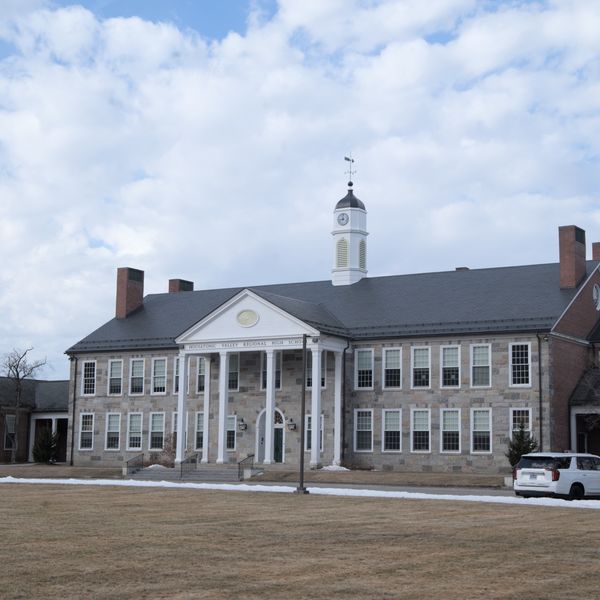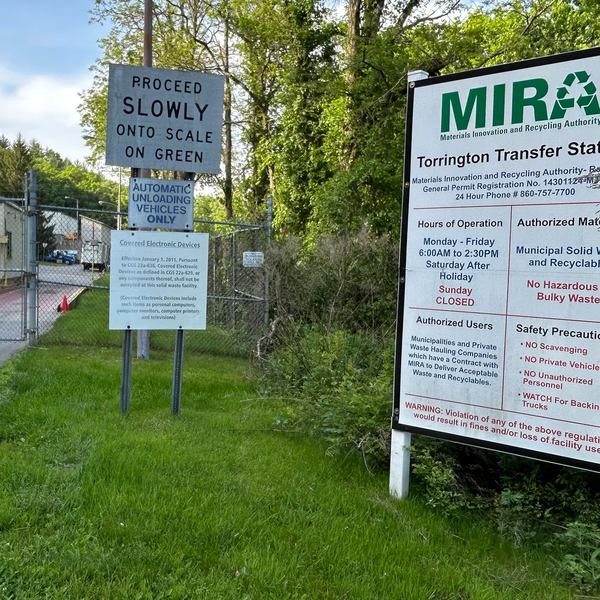The Hydrilla Menace: Scientific coalition aids Salisbury’s lakes amid immediate and dire threat
“If hydrilla spreads, we cannot financially afford to eradicate it from six lakes.” — Bill Littauer, president, Lake Wononscopomuc Association
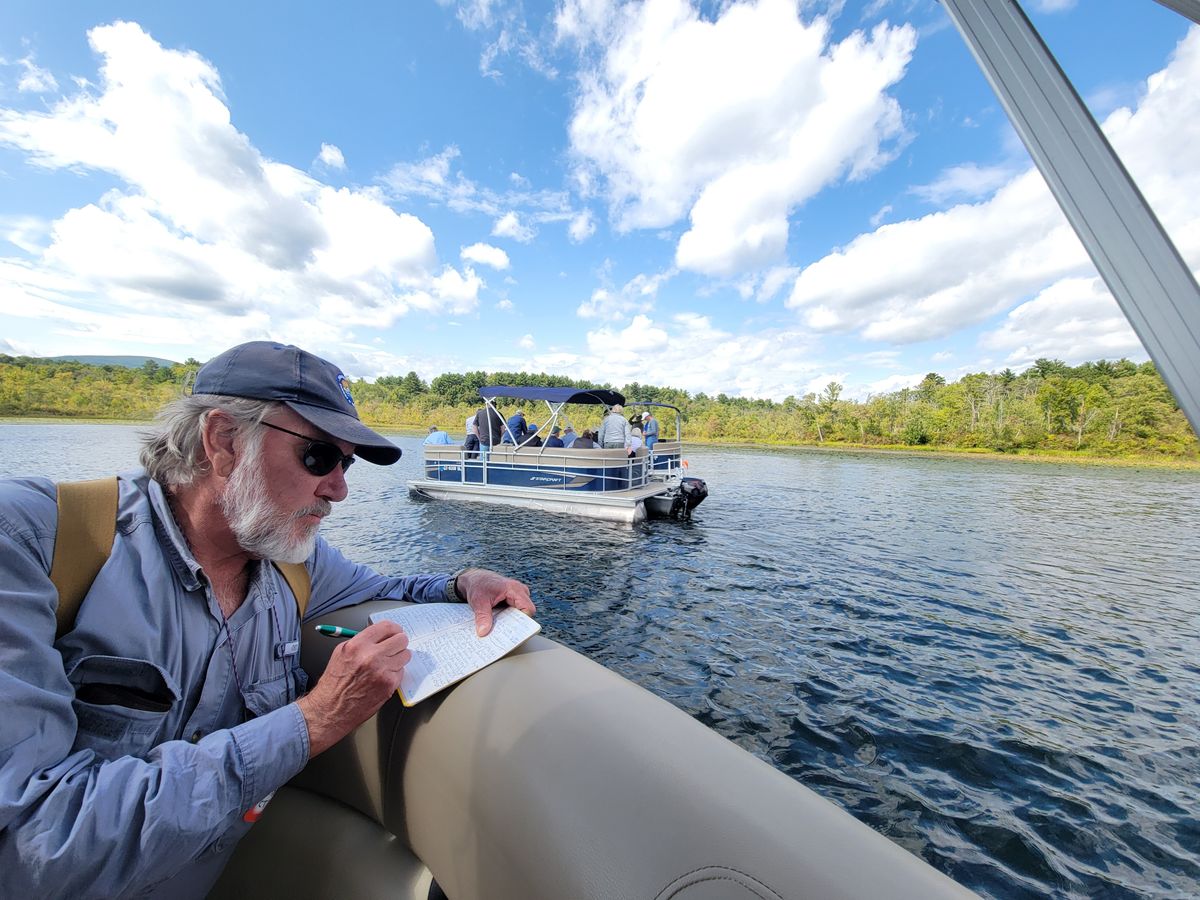
Bill Moorhead, senior botanist with CT DEEP’s Natural Diversity Database, took notes during a boat tour of East Twin Lake Monday, Sept. 9 where new colonies of hydrilla had taken root. The Connecticut River variant’s genetic makeup is still a mystery to scientists.
Photo by Debra A. Aleksinas
 A strand of hydrilla from East Twin’s Ohara's Landing Marina. Photo by Debra A. Aleksinas
A strand of hydrilla from East Twin’s Ohara's Landing Marina. Photo by Debra A. Aleksinas


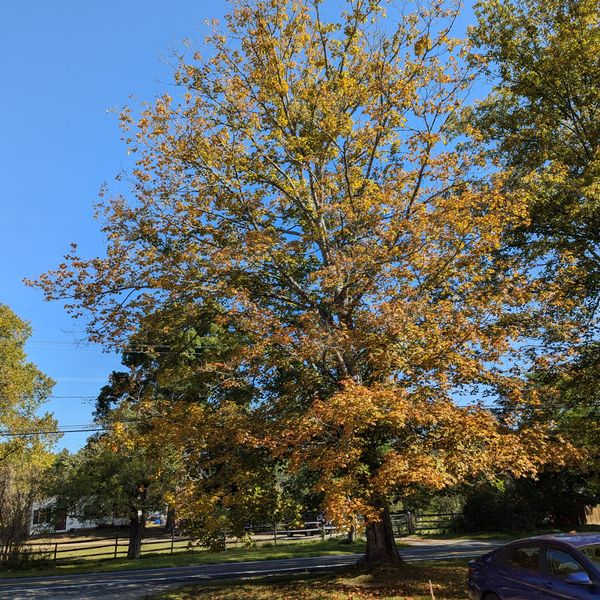
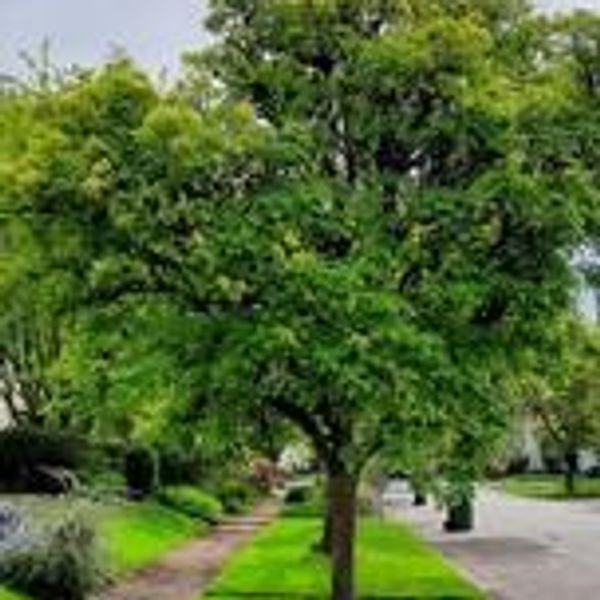


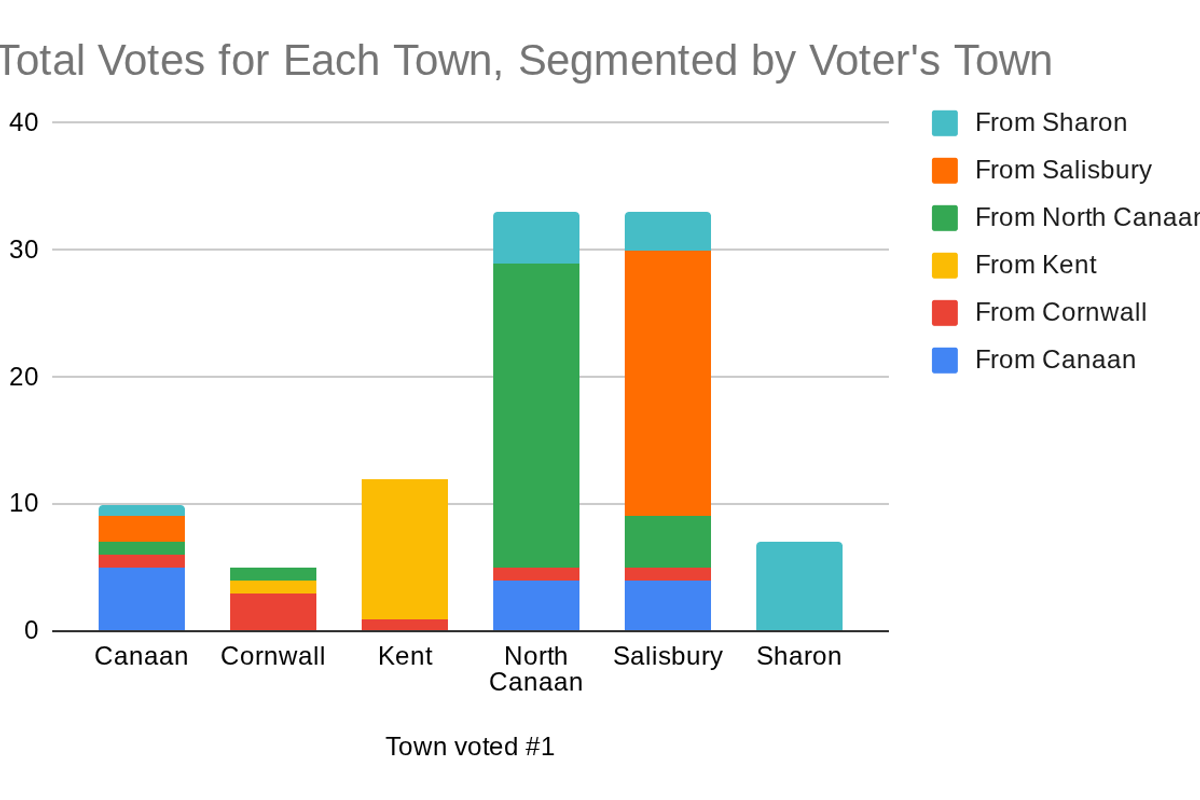
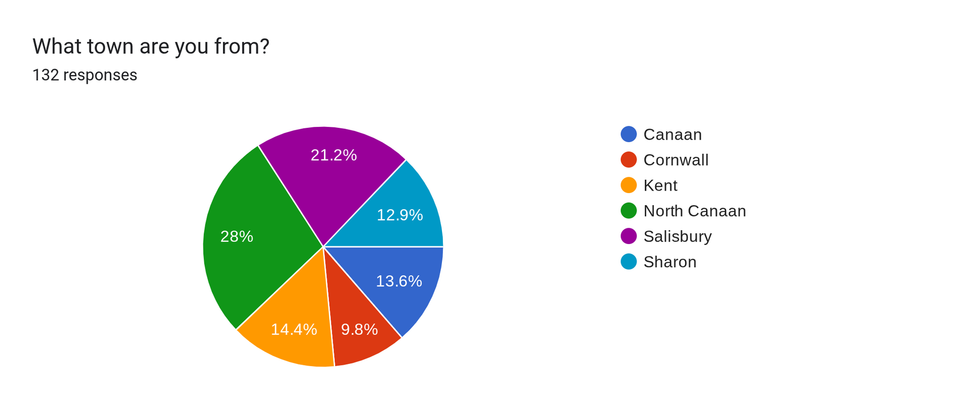 This chart breaks down the home towns of the students that responded to the survey. North Canaan represented more than a quarter of the responses, with Salisbury trailing closely.Graphic by Peter Austin
This chart breaks down the home towns of the students that responded to the survey. North Canaan represented more than a quarter of the responses, with Salisbury trailing closely.Graphic by Peter Austin


